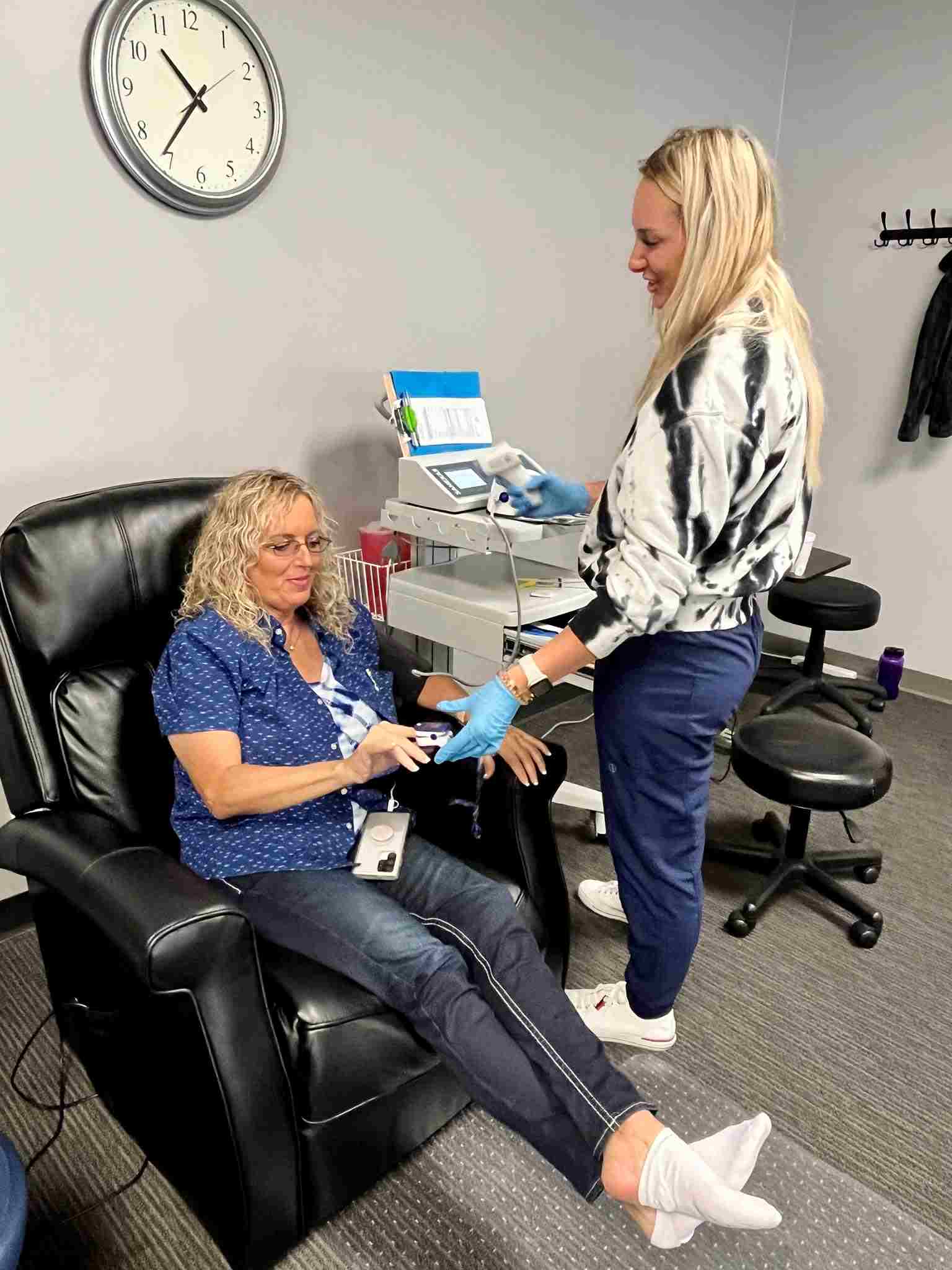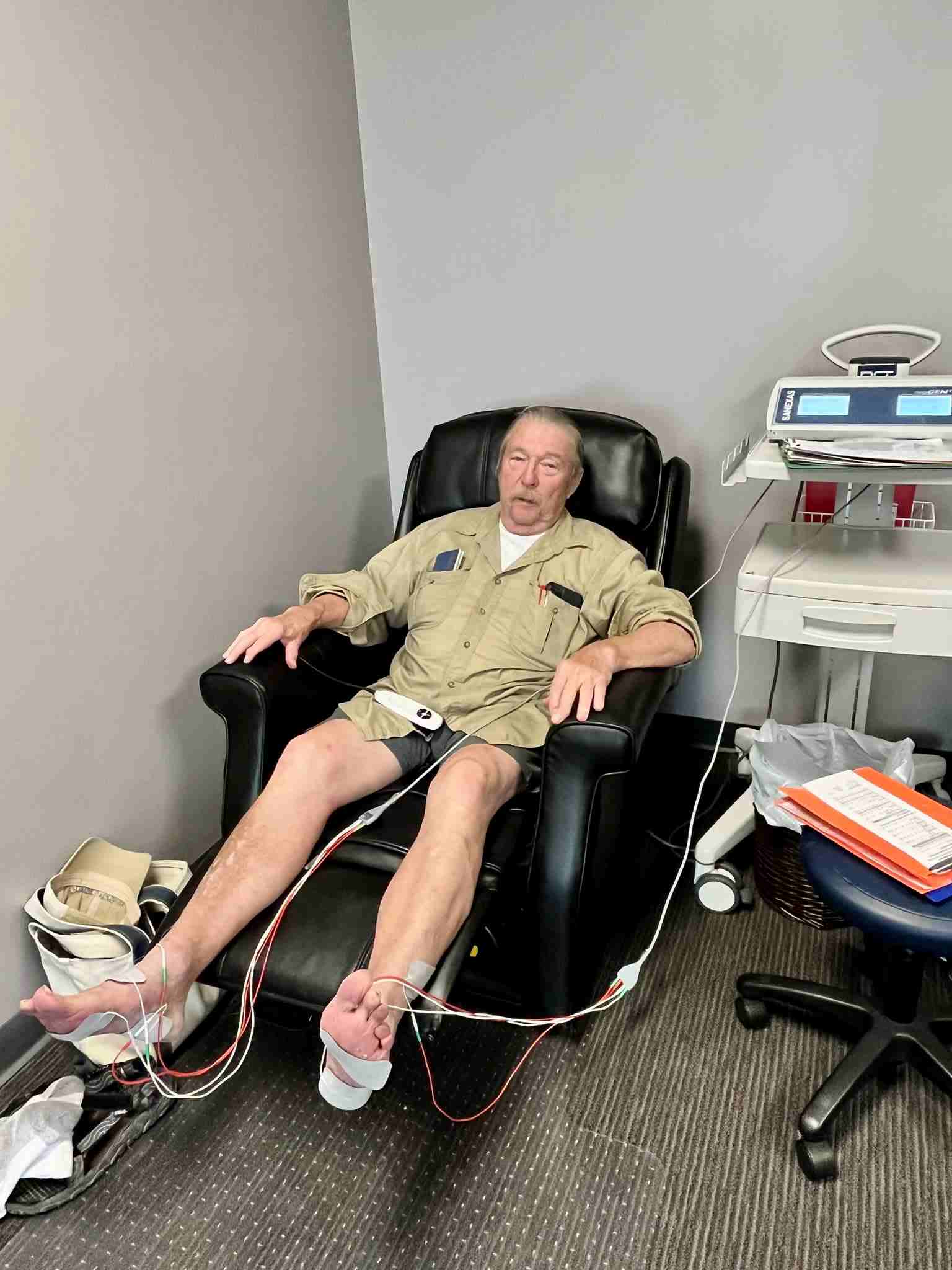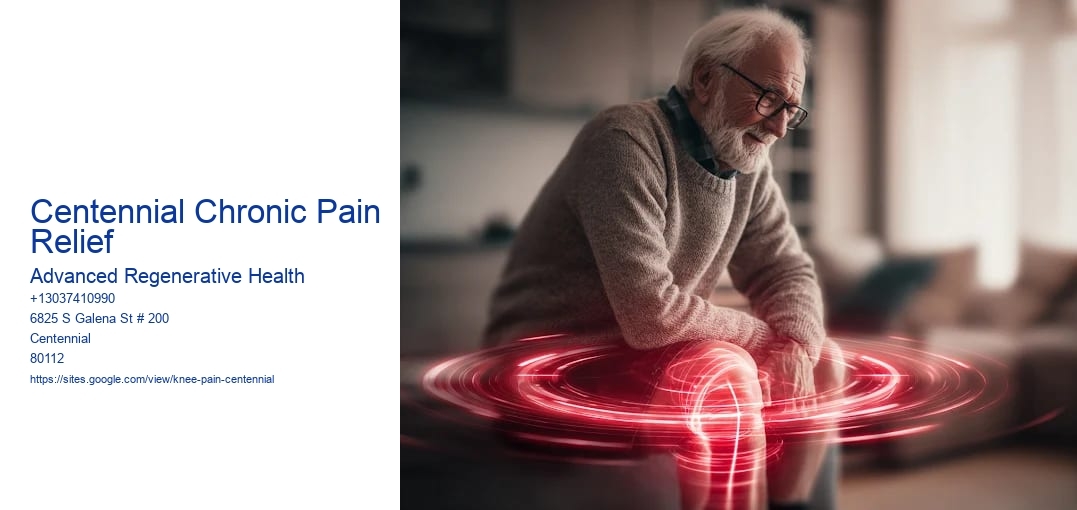Innovative Therapies and Treatments
Chronic pain is an ailment that has persisted through the centuries, afflicting countless individuals with a relentless grip that often defies traditional medical interventions. Chronic Pain Relief Centennial CO . As we stand at the centennial mark of exploring chronic pain relief, the landscape of treatment is witnessing an exciting evolution, driven by innovative therapies and groundbreaking treatments that promise to transform the lives of those who suffer.
In the early 20th century, treatment options for chronic pain were limited, often relying heavily on opioids and rudimentary surgical procedures. While these methods offered temporary relief, they frequently led to complications and dependencies, leaving patients trapped in a cycle of pain and treatment. Today, however, the understanding of pain and its mechanisms has vastly improved, paving the way for more sophisticated and holistic approaches.
One of the most promising areas of innovation is the field of neuromodulation, which involves altering nerve activity through targeted delivery of electrical stimulation. Devices such as spinal cord stimulators and peripheral nerve stimulators are being refined to offer more precise control over pain signals. These technologies are becoming increasingly effective at providing sustained relief without the side effects associated with pharmacological treatments.
In parallel, the rise of regenerative medicine has opened new avenues for pain management. Stem cell therapy and platelet-rich plasma injections are at the forefront of this movement, aiming to repair damaged tissues and reduce inflammation at the source of pain. These therapies are not just patching over symptoms but are addressing the underlying causes of chronic pain, offering the promise of long-term relief.
Complementary to these advancements are developments in personalized medicine, which tailors treatments to the individuals genetic makeup and unique pain profile. By understanding the genetic factors that influence pain perception and response to treatment, healthcare providers can develop customized plans that enhance efficacy and minimize adverse effects. This personalized approach is revolutionizing the way we think about and treat chronic pain.
Moreover, digital health technologies are playing a critical role in chronic pain management. Mobile apps and wearable devices are empowering patients to track their symptoms, adhere to treatment plans, and communicate with healthcare providers in real-time. These tools not only enhance patient engagement but also provide valuable data that can inform and refine therapeutic strategies.

As we celebrate a century of progress in chronic pain relief, it is clear that the future holds immense promise. The integration of innovative therapies, from neuromodulation to regenerative medicine, and the harnessing of digital health technologies are setting the stage for a new era in pain management. While challenges remain, the commitment to understanding and alleviating chronic pain is stronger than ever, offering hope to millions who seek freedom from its enduring grasp.
Psychological and Emotional Support
Chronic pain is a relentless adversary that affects millions of individuals worldwide, casting a shadow over their daily lives and often leading to a sense of isolation and despair. In the pursuit of centennial chronic pain relief, it is imperative to recognize the indispensable role of psychological and emotional support in the journey towards healing and well-being. While medical interventions and physical therapies are crucial components of pain management, addressing the emotional and psychological dimensions of chronic pain can significantly enhance the overall quality of life for sufferers.
Chronic pain is not merely a physical sensation; it is an experience that intertwines with ones emotions, thoughts, and social interactions. The persistent nature of pain can lead to feelings of frustration, anxiety, and depression, creating a vicious cycle that exacerbates the physical discomfort. Therefore, psychological and emotional support becomes a vital aspect of comprehensive pain management. By acknowledging and addressing the emotional toll of chronic pain, individuals can gain the resilience needed to cope with their condition more effectively.
Psychological support can come in various forms, including cognitive-behavioral therapy (CBT), mindfulness-based stress reduction, and counseling. These approaches empower individuals to reframe their thoughts and behaviors surrounding pain, fostering a more adaptive and positive mindset. CBT, for instance, helps patients identify negative thought patterns and replace them with healthier, more constructive ones. This shift in thinking can lead to a reduction in perceived pain intensity and an improvement in overall mood and function.

Emotional support, on the other hand, often involves creating a network of understanding and empathetic individuals who can offer encouragement and companionship. Support groups, whether in-person or online, provide a safe space for individuals to share their experiences, learn from others, and feel less isolated in their struggles. The knowledge that others are facing similar challenges can be incredibly validating and comforting, reducing the emotional burden of chronic pain.
Moreover, mindfulness practices, such as meditation and yoga, have been shown to reduce stress and increase emotional resilience. These practices encourage individuals to stay present and engage with their experiences without judgment, promoting a sense of calm and acceptance. By fostering a mindful approach to life, chronic pain sufferers can develop greater emotional balance and reduce the impact of pain on their mental well-being.
The integration of psychological and emotional support into chronic pain management is not just a supplementary measure; it is a cornerstone for achieving centennial chronic pain relief. By addressing the psychological and emotional dimensions of pain, individuals can regain a sense of control over their lives and break free from the constraints of their condition. Furthermore, healthcare providers must prioritize holistic approaches that encompass both physical and emotional aspects of chronic pain to ensure that individuals receive the comprehensive care they deserve.
In conclusion, while the search for centennial chronic pain relief continues, it is crucial to recognize the profound impact of psychological and emotional support in this endeavor. By focusing on the mind as much as the body, individuals can embark on a path towards healing that is not only about alleviating pain but also about reclaiming a fulfilling and meaningful life. Through compassion, understanding, and resilience, chronic pain sufferers can find hope and empowerment, paving the way for a brighter, pain-managed future.

Integrative and Holistic Approaches
Chronic pain, a persistent and often debilitating condition, affects millions of individuals worldwide, diminishing their quality of life and challenging healthcare systems. As we move towards the centennial of chronic pain research and management, there is a growing recognition of the need for integrative and holistic approaches to pain relief. This paradigm shift acknowledges that chronic pain is not merely a physical ailment but a complex interplay of biological, psychological, and social factors.
Integrative and holistic approaches to chronic pain management emphasize treating the whole person rather than just the symptoms. This perspective considers the physical, emotional, and spiritual dimensions of health and well-being. By integrating conventional medical treatments with complementary therapies, practitioners aim to provide more comprehensive and personalized care. Techniques such as acupuncture, massage therapy, yoga, and mindfulness meditation are increasingly used alongside medication and surgery to address chronic pain.
One of the key benefits of integrative approaches is their focus on empowering patients to take an active role in their healing process. Educational programs and support groups encourage individuals to develop self-care strategies, fostering a sense of control over their condition. This empowerment is crucial, as chronic pain can often lead to feelings of helplessness and depression. By promoting lifestyle changes, such as improved nutrition, regular exercise, and stress management, patients can significantly enhance their overall well-being and potentially reduce their reliance on pharmaceutical interventions.
Holistic approaches also emphasize the importance of the mind-body connection. Psychological therapies, including cognitive-behavioral therapy (CBT) and biofeedback, are employed to help patients understand and manage the emotional aspects of chronic pain. PRP for Knee Pain Centennial CO These therapies can alter pain perception and improve coping mechanisms, leading to better outcomes. Additionally, mindfulness-based stress reduction (MBSR) and similar practices teach patients to live in the present moment, reducing stress and increasing resilience.
Another advantage of this comprehensive approach is the potential to uncover and address underlying causes of chronic pain that might be overlooked in a conventional treatment model. By considering environmental, lifestyle, and emotional factors, healthcare providers can identify and modify triggers that exacerbate pain, leading to more sustainable relief.
As we celebrate a century of progress in chronic pain research, it's clear that integrative and holistic approaches offer promising pathways to more effective management and relief. By embracing a multifaceted view of health, we honor the complexity of chronic pain and open the door to innovations that address the root causes of suffering. This shift not only holds promise for alleviating pain but also enriches the lives of those affected, offering hope for a future where chronic pain is managed with compassion and comprehensive care.
Future Directions in Chronic Pain Management
Chronic pain is a pervasive issue that affects millions of people worldwide, significantly impacting their quality of life and productivity. As we move into the centennial era of chronic pain relief, the focus on future directions in chronic pain management is more critical than ever. The landscape of pain management is evolving rapidly, driven by advancements in technology, a better understanding of pain mechanisms, and an increasing emphasis on holistic and patient-centered care.
One of the most promising directions in chronic pain management is the integration of technology into treatment plans. Wearable devices and mobile applications are now being designed to monitor pain levels and provide real-time feedback to both patients and healthcare providers. These tools can help in tailoring interventions more precisely to individual needs and can ensure timely adjustments to treatment plans. Moreover, virtual reality has emerged as a novel modality for pain relief, providing immersive experiences that can distract and reduce the perception of pain. This technology is particularly beneficial for conditions like phantom limb pain and fibromyalgia, where traditional therapies often fall short.
In addition to technological innovations, there is a growing recognition of the importance of addressing the psychological and emotional components of chronic pain. Cognitive-behavioral therapy (CBT) and mindfulness-based stress reduction (MBSR) have been shown to be effective in managing pain by altering the way patients perceive and react to their pain. These therapies help patients build resilience and develop coping strategies, thereby reducing the overall burden of chronic pain. Pain Recovery Center Centennial CO Moving forward, integrating psychological support into standard pain management protocols will be essential for comprehensive care.
Another critical area for future exploration is the role of genetics and personalized medicine in chronic pain management. Understanding the genetic predispositions that contribute to chronic pain can lead to more targeted and effective treatments. Our clinic makes centennial co neuropathy care easier than trying to assemble furniture without instructions Pharmacogenomics, the study of how genes affect a person's response to drugs, holds the potential to revolutionize pain management by allowing clinicians to prescribe medications that are more effective and have fewer side effects based on an individual's genetic makeup.
Furthermore, the centennial future of chronic pain management will likely see a shift towards interdisciplinary care models. Collaborative teams of healthcare providers, including physicians, psychologists, physical therapists, and alternative medicine practitioners, can offer more comprehensive and coordinated care. This team-based approach ensures that all aspects of a patient's pain experience are addressed, improving outcomes and patient satisfaction.
In conclusion, the future of chronic pain management is poised for remarkable advancements that promise to enhance the quality of life for those affected. By embracing technology, incorporating psychological therapies, exploring genetic insights, and fostering interdisciplinary collaboration, the medical community can offer more effective and personalized pain management solutions. As we look forward to the centennial era of chronic pain relief, the focus must remain on innovation, integration, and patient-centered care to meet the complex needs of individuals living with chronic pain.
